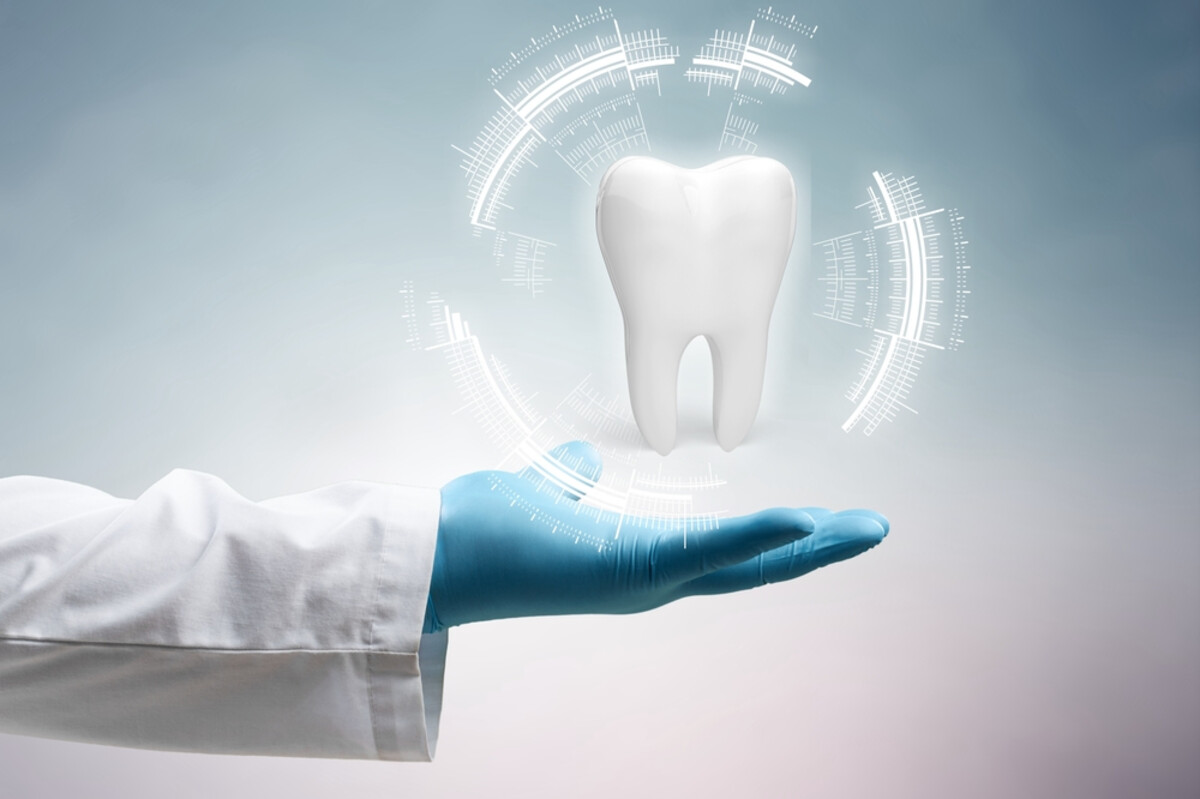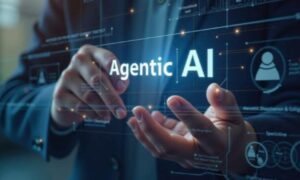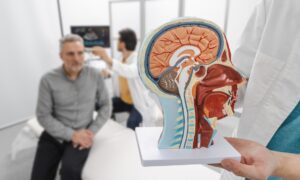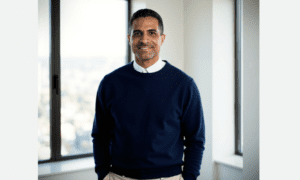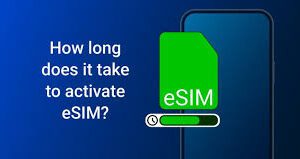The dental world has come a long way from the days of metal tools and film X-rays. Today’s modern dental offices are blending high-tech tools with personalized care, offering patients a level of precision, comfort, and convenience that was unimaginable just a decade ago. From 3D scanners to dental microscopes and AI-driven diagnostics, dental technology is changing how patients experience their oral health—and the results speak for themselves.
In this article, we’ll explore some of the most impactful technologies shaping today’s dental landscape and highlight three forward-thinking practices in Chicago and Ontario that are leading the way: Bite Club in Bucktown, Vivid Smiles in Lincoln Park, and Luka Dental Care in London, Ontario.
Digital Imaging & 3D Scanning
Traditional impressions (you know—the goopy trays) are quickly being replaced by 3D scanners that capture highly accurate digital models of your teeth. These scanners offer a more comfortable experience for patients while giving dentists a detailed foundation for planning treatments like crowns, veneers, aligners, or implants.
Offices like Luka Dental Care in London, Ontario have fully embraced 3D scanning as part of their in-house dental lab workflow. Instead of outsourcing, Luka can use their digital scans to create custom restorations right in their own lab—saving patients time and improving the fit and durability of crowns, bridges, and dentures.
Dental Microscopes
Precision matters—especially when working with something as small and intricate as a tooth. Dental microscopes offer magnification and illumination that go far beyond what traditional loupes provide. These high-powered tools allow dentists to see details they’d otherwise miss, helping improve accuracy in everything from root canals to composite fillings.
At Bite Club Dental office in Bucktown, microscope dentistry is used routinely to ensure even the smallest procedures are performed with maximum precision. The result? Less invasive treatments, better preservation of healthy tooth structure, and more predictable outcomes for patients.
Intraoral Cameras
Ever wish you could see what your dentist sees? Intraoral cameras make that possible. These tiny, high-resolution cameras allow dentists to show patients real-time images of their teeth and gums on a screen. It’s a powerful educational tool that builds trust and helps patients feel more involved in their care.
Both Vivid Smiles and Luka Dental Care use intraoral cameras during exams and consultations. It not only helps patients understand treatment recommendations, but also provides a helpful visual record for tracking changes in oral health over time.
Cone Beam CT (CBCT) Imaging
While traditional X-rays offer two-dimensional views, CBCT imaging provides 3D scans of the teeth, jawbone, nerves, and sinuses. This technology is essential for planning dental implant surgery, complex extractions, and orthodontic treatments.
Luka Dental Care uses CBCT scans to plan surgeries and ensure implants are placed with extreme accuracy—reducing the risk of complications and improving long-term outcomes. This kind of imaging has become a cornerstone for any practice offering surgical or implant-based solutions.
Laser Dentistry
Lasers in dentistry are no longer science fiction. They’re being used to treat gum disease, remove decay, reshape soft tissue, and even whiten teeth—all with minimal discomfort and faster healing times compared to traditional methods.
While not every practice offers laser dentistry, it’s a growing field. Clinics that invest in this technology are often able to provide less invasive alternatives for common procedures, particularly for patients with dental anxiety.
Artificial Intelligence (AI) in Diagnostics
AI tools are now being trained to detect cavities, bone loss, and other dental issues by scanning digital X-rays and flagging abnormalities. While dentists still review and confirm these findings, AI can help catch problems earlier and improve diagnostic consistency across providers.
More advanced systems are even being integrated into patient records and treatment planning tools—helping practices deliver smarter, data-backed care. As this tech becomes more widespread, patients will benefit from even more accurate diagnoses and earlier interventions.
Teledentistry & Digital Communication
The pandemic accelerated a shift toward virtual consultations, and many practices continue to offer teledentistry services today. Whether it’s discussing treatment options or reviewing X-rays remotely, digital tools make dental care more accessible—especially for busy professionals or patients with mobility issues.
Practices like Vivid Smiles dental office in Lincoln Park leverage modern communication tools to streamline everything from appointment reminders to post-op check-ins. This focus on convenience and accessibility is becoming a key part of what patients expect from modern dental care.
Same-Day Restorations
Thanks to CAD/CAM technology, some dental offices can now create and place crowns or veneers in just one visit. These same-day restorations are milled in-house using digital scans, eliminating the need for temporary restorations or multiple appointments.
While not every practice offers same-day dentistry, those that do often see higher patient satisfaction due to the speed and precision of the process. As this technology becomes more affordable, more practices are expected to adopt it.
Digital Treatment Planning & Patient Education
Beyond diagnostics, many practices now use software that helps map out treatment plans visually. These systems allow patients to see simulations of expected results, such as how their smile will look after Invisalign or veneers. This transparency helps with decision-making and builds patient confidence.
In practices like Bite Club, technology is used not just to treat patients, but to educate and involve them in every step of their dental journey. By pairing visual tools with clear communication, the patient experience becomes more empowering, not overwhelming.
The Bottom Line: Tech-Driven Care That Feels Human
Technology should never replace the human side of dentistry—but when it’s used well, it enhances it. Patients benefit from quicker procedures, fewer appointments, more precise outcomes, and a deeper understanding of their oral health.
Whether you’re visiting a high-tech boutique practice like Bite Club in Bucktown, a friendly neighborhood office like Vivid Smiles in Lincoln Park, or a digitally equipped clinic like Luka Dental Care in London, Ontario, the future of dentistry is already here—and it’s only getting better.
If you haven’t been to the dentist in a while, don’t be surprised when your next visit feels more like a tech studio than a clinic. Just don’t worry—they still let you keep the toothbrush.

